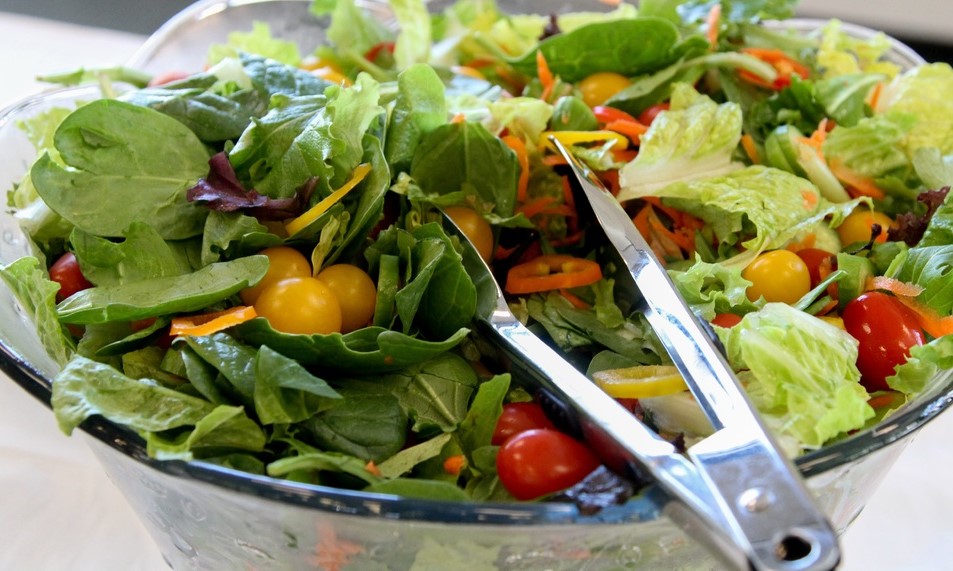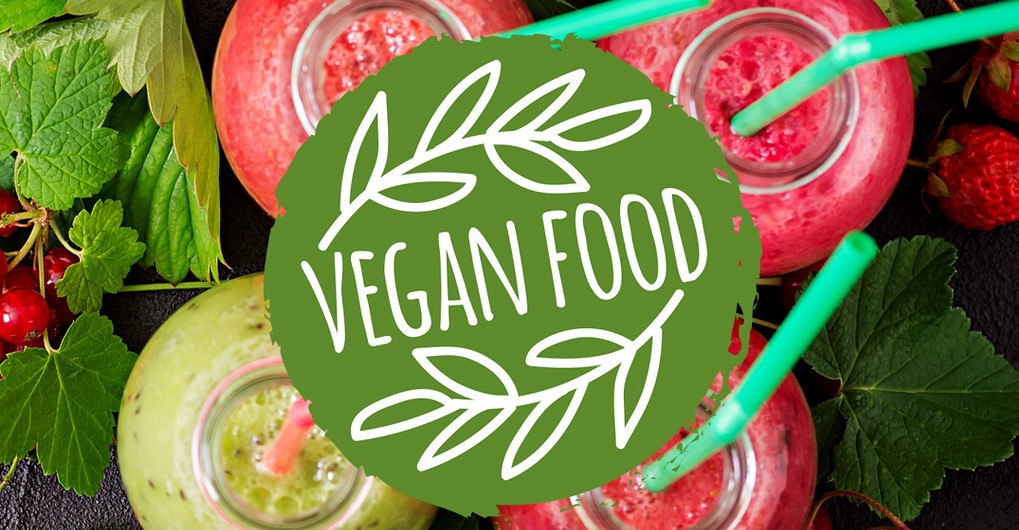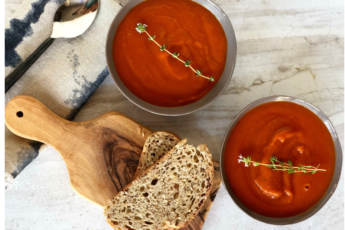When the New York State Assembly said so. They recently passed A04072,, requiring all hospitals to – upon request – offer “a plant-based food option as an alternative to every meal or snack offered in food service to the patient.” In addition, all the hospital’s written material describing food offerings must now include the availability of a plant-based food option.
They take it a step further by defining “plant-based” as plants-only:
- “Plant-based food option” means a food or beverage that is free of animal products and that has nutritional value comparable to the non-plant-based food option that it replaces.
- “Animal product” means meat, poultry, seafood, dairy, eggs, honey, and any derivative thereof.
“Basically they are saying “plant-based” equals vegan,” said Toby Amidor, a NY-based registered dietitian nutritionist and best-selling cookbook author. “Those are two separate entities. [The State Assembly] is defining it as they wish.”
Historically, “plant-based diet” has always meant plant dominant, whereas vegan diets are exclusively from plants. By the NY Assembly’s definition, even honey is excluded (bees are tiny but they’re animals).
“Comparable Nutritional Value”? No Such Animal

Oops! Then won’t be “plant-based”!
As for the bill’s requirement that the “plant-based” meals and snacks have a “nutritional value comparable to the non-plant-based food option that it replaces”, this is a huge ask. “It might sound good on paper but it’s not truly possible,” according to registered dietitian nutritionist and certified diabetes educator Melissa Joy Dobbins. “Offering plant-based options is one thing, but requiring them to be nutritionally comparable is problematic.”
Nature just doesn’t work like that – there just isn’t always an ideal plant-based counterpart for an animal food, nor vice-versa. Milk and yogurt are perfect examples. There are plant-based alternatives, but none is nutritionally equivalent. This is the whole premise of eating a varied diet. The more food groups you exclude, the more nutritional risks you take.
Dobbins added, “Implying that it’s a simple swap is misguided at best, and has the potential to contribute to nutritional deficits in an already compromised patient population.” Hospital patients often have poor appetites, yet their protein needs can be higher than normal, due to the stress of surgery and illness. Elderly patients at bedrest for an extended period lose muscle mass faster than younger counterparts, and may benefit from a diet that contains extra protein of the highest quality, such as in meat, dairy foods and eggs, and in less volume than a vegan diet would need to provide the same protein.
A “Solution” In Search of a Problem
What did hospitalized vegans do BEFORE this legislation? “Accommodating vegan patients is standard,” according to Jessie Pavlinac, a chief clinical dietitian at the Oregon Health and Science University hospital in Portland and past president of the Academy of Nutrition and Dietetics.
Pavlinac noted that hospitals would be cited by accreditation bodies for not having options for vegetarians and vegans.
Cut-To-The-Chase Nutrition Advice

YOUR plant-based diet, and for good reasons!
As consumers muddle through this “plant-based/plants-only” forest, there are a few facts – not hype – to remember about these terms:
- “Plant-based” and “vegan” are NOT health claims.
- Neither term indicates dietary quality.
- These terms are simply descriptive, nothing more.
Defining plant-based to mean “excludes all animal foods” is incorrect and confusing. Does the delicious salad pictured being “plant-based” if you sprinkle some parmesan over it? Of course not, and no law should say otherwise — IMHO.
My guess is that the “nutrition-naïve” legislators were strongly influenced by lobbyists with a vegan agenda. The bill still has significant hurdles in the Senate and the governor’s office before it could become law, but a similar bill was signed into law by California’s Governor Jerry Brown.
Featured image courtesy of www.inkmedia.eu






